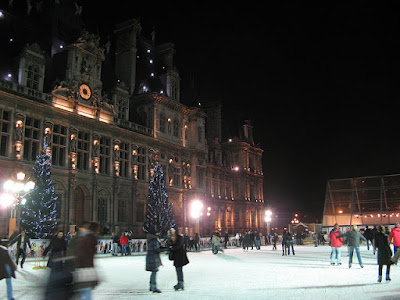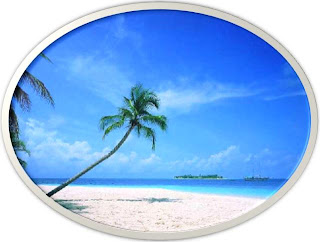The most fascinating edition of the Summer Olympic Games, the one from Beijing 2008, is history now, but because of the we all saw how China have made a leap in the future. We all have a wow moment when we see modern China but we are still fascinated about the old times. Also because of the games, the capital city suffered a face-lift and a lot of money was invested in old structures. Beijing is part of UNESCO World Heritage List and was included also because of the gorgeous narrow alleys called hutongs, 胡同. Those are alleys formed by lines of siheyuan, traditional courtyard residences. Gateways, screen walls, floral-pendant gates, stone carvings, brick engravings, gate piers, and whatnot used to be the residents’ proud status symbols as well as records of theirs aspirations and artistic temperaments. The hutongs appeared during the Yuan dynasty some hundred years ago and still fascinate us today. The cards that I have are from a Chinese friend and from Edna, a great person who loves stamps and I swap a lot with her. The last card I have found on Wikipedia and it is a German card from 1900, gorgeous :D
39.893407,116.341724 Click for Google Maps or use numbers on your GPS to navigate.Wikipedia For more information, links, pictures and many more Wikipedia is the perfect site to be informed. Official Site For visiting information (like fees and open days and times) use the official site.China For travel information, the official site of the National Tourist Board, is the perfect location. |
| The Gods of the five major planets: Venus, Jupiter, Mercury, Mars and Saturn. |
 |
| Su Wu Toils as a Shepherd |
 |
| The mythological dragon horse. |
 |
| Xixiejie Street: This picture admonishes those in the officialdom that only by taking all difficulties in their strides can they make a name for themselves in history. |
 |
| Neiwufu Street: Brick engraving "Companion". The crane is a mascot of longevity. The pine tree is evergreen. The orchid has a sweet scent. All symbolize a happy and perfect life. |


Cea mai fascinantă ediţie a JO a fost la Beijing şi astfel am văzut cum China se îndreaptă spre viitor şi că tot ce există acum este munca a doar două decenii. Deşi există multe lucruri moderne care ne şochează, tot lucrurile vechi ne fascinează cel mai mult. Noroc cu Jocurile că Beijing a suferit un face-lift incredibil şi banii au ajuns să se renoveze şi ceea ce ne place cel mai mult. Capitala Chinei este inclusă în Patrimoniul UNESCO şi pentru străduţele înguste, numite hutong, 胡同. Ele sunt alei formate de conturul curţilor siheyuan. În secolul al XX-lea numărul lor a scăzut enorm dar acum sunt protejate. Pentru că Beijingul a fost capitală pe timpul a şase dinastii, fiecare hutong este denumit intr-un fel şi evenimente istorice îi sunt asociate. Labirintul format de aceste străduţe formează Vechiul Beijing. Vederile le am de la un prieten chinez şi de la Edna, o prietenă care adoră timbrele şi care îmi trimite vederi pentru timbre româneşti. Ultima vedere este realizată în Germania în 1900 şi este pe Wikipedia, minunată nu?









































